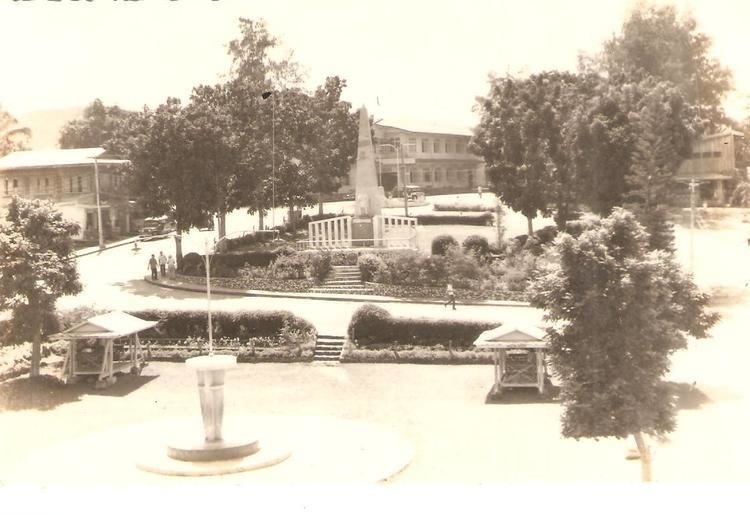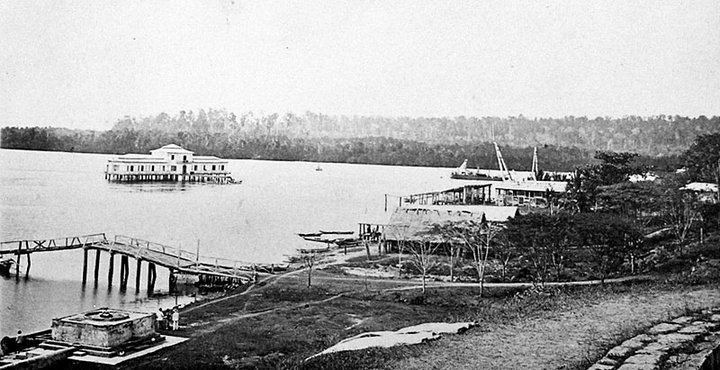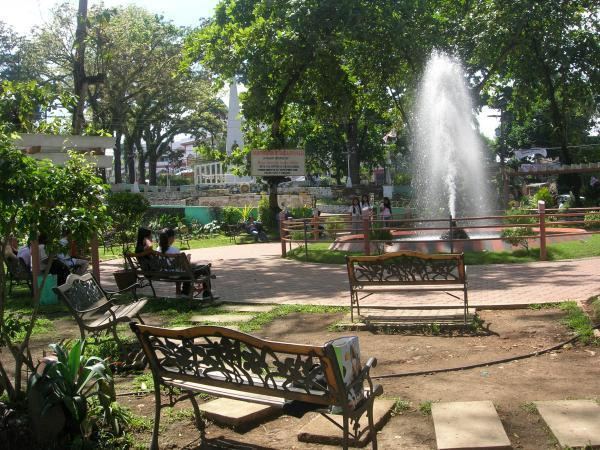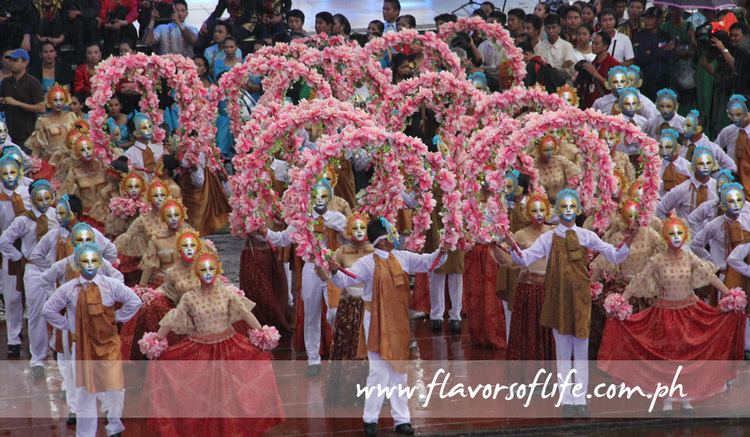Country Philippines Language spoken provinceofisabela.ph Area 12,414.93 km2 | Region Cagayan Valley Capital Ilagan City Founded May 01, 1856 Governor Independent | |
Destinations Cauayan - Isabela, Santiago, Ilagan, Roxas - Isabela, Echague Colleges and Universities Isabela State University (Echague), University of La Salette (Santiago), Northeastern College (Santiago), Patria Sable Corpus College (Santiago), Cagayan Valley Computer and Information Technology College - Inc (Santiago) | ||
Isabela is the second largest province of the Philippines, and the largest in the island of Luzon in terms of land area. Its capital is the city of Ilagan. Situated within the Cagayan Valley region, it is bordered by the provinces of Aurora on the southeast, Quirino and Nueva Vizcaya on the southwest, Ifugao and Mountain Province on the west, Kalinga on the northwest, Cagayan on the north and the Pacific Ocean on the east.
Contents
Map of Isabela (province)
This primarily agricultural province is the rice and corn granary of Luzon due to its plain and rolling terrain. In 2012, the province was declared as the countrys top producer of corn with 1,209,524 metric tons.
Isabela is the 10th richest province in the Philippines in 2011, the only province of Northern Luzon to be included in the list. The province has four trade centers in the cities of Ilagan, Cauayan, Santiago and the municipality of Roxas.
History

Prior to 1856, the Cagayan Valley was divided into only two provinces: Cagayan and Nueva Vizcaya. The Province of Cagayan at that time consisted of all towns from Tumauini to Aparri in the north. All other towns from Ilagan southward to Aritao comprised the Province of the old Nueva Vizcaya. In order to facilitate the work of the Catholic missionaries in the evangelization of the Cagayan Valley, a royal decree was issued on May 1, 1856 creating the Province of Isabela consisting of the towns of Gamu, Old Angadanan (now Alicia), Bindang (now Roxas) and Camarag (now Echague), Carig (now Santiago City) and Palanan, all detached from the Province of Nueva Vizcaya; while Cabagan and Tumauini were taken from the Province of Cagayan. The province was placed under the jurisdiction of a governor with Ilagan as the capital seat, where it remains up to present. It was initially called Isabela de Luzon to differentiate from other places in the Philippines bearing the name of Isabela. The new province was named in honor of Queen Isabella II of Spain.

Although the province did not play a major role in the revolt against Spain, it is in Palanan that the final pages of the Philippines Revolution was written when the American forces led by Gen. Frederick Funston finally captured General Emilio Aguinaldo in the area on March 23, 1901. Isabela was re-organized as a province under the American regime through Act No. 210, passed August 24, 1901.
The Americans built schools and other buildings and instituted changes in the overall political system. However, the province’s economy remained particularly agricultural with rice replacing corn and tobacco as the dominant crop. World War II stagnated the provinces economic growth but it recovered dramatically after the war. In 1942, the Japanese Imperial forces occupied Isabela. In 1945, liberation of Isabela commenced with the arrival of the Philippine Commonwealth troops under the Philippine Army, Constabulary and USAFIP-NL units and recognized guerrillas attacked by the Japanese Imperial forces in World War II. Today, Isabela is the premier province of the northern Philippines, the richest in the valley and one of the most progressive in the country.
A new wave of immigration began in the late 19th and 20th centuries with the arrival of the Ilokano who came in large numbers. They now constitute the largest group in the province. Other ethnic groups followed that made Isabela the “melting pot of the north”.
In 1995, Republic Act Number 7891 was passed legislating that Isabela be divided into two new provinces: Isabela del Norte and Isabela del Sur. A referendum was held on the same year with a strong majority voting not to separate the province.
In 2012, the capital town of Ilagan officially became a city, after winning 96% of the votes in the plebiscite conducted in August 11, 2012. The night after the plebiscite, COMELEC Commissioner Armando Velasco declared Ilagan as the new component city of the province.
Geography

Isabela comprises an aggregate land area of 10,665 square kilometres (4,118 sq mi), representing almost 40 percent of the regional territory. It is the largest province in the island of Luzon and the second largest province in the Philippines in terms of land area. It is located on the right-most part of the Northern Luzon facing the Pacific Ocean and encompassing parts of the Sierra Madre Mountains. Isabela is one of the typhoon-prone provinces in the country due to its location.
Economy
The economy of Isabela is at the fulcrum of an ever increasing growth curve. In terms of income classification, it is rated as first-class province and considered among the richest and most progressive province in the Philippines and the most progressive in Region 02 courtesy of the three key cities strategically located in the province. The three cities and some towns in the province are showing signs of progress.
Tourism

In recent years, tourism has become an income-generating industry for Isabela. New hotels and resorts have opened, mostly in the cities of Ilagan, Cauayan, Santiago City, and the towns of Tumauini, Gamu, Roxas, Alicia, Ramon, San Mariano and Cordon. Top tourist attractions are the centuries-old churches; Magat Dam Tourism Complex, which houses Southeast Asia’s biggest dam; Santa Victoria Caves, Pinzal Falls and Ilagan Sanctuary at Fuyo National Park; the white sand beaches in the coastal municipalities of Maconacon, Divilacan, Palanan, Dinapigue and islands of coastal Isabela; the world’s biggest wooden lounge chair or butaka in Ilagan City; and various festival and fiestas, most famous of which is the Bambanti Festival annually celebrated every February, and the commemoration of the birth of the province during Isabela Day every May.
Festivals

